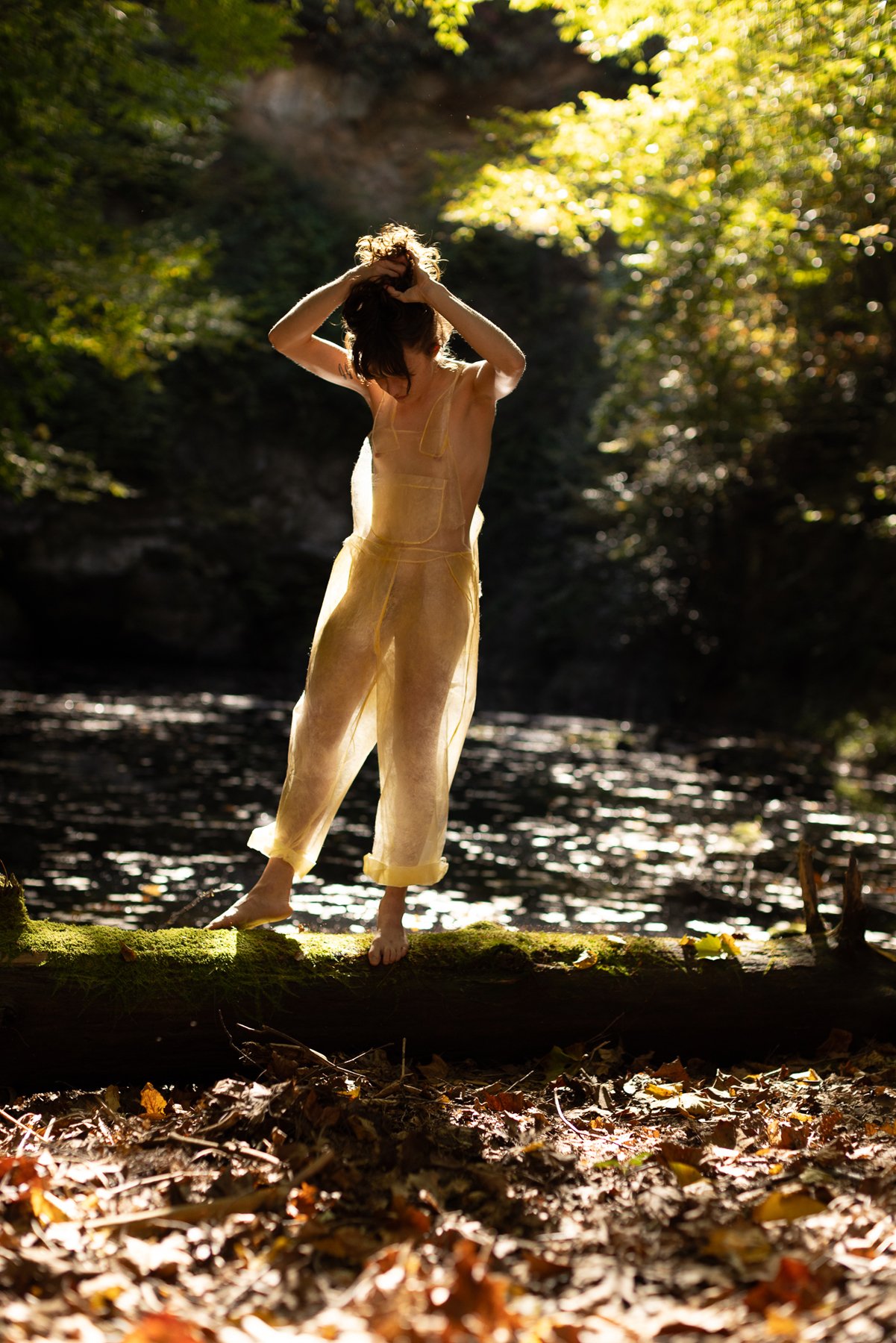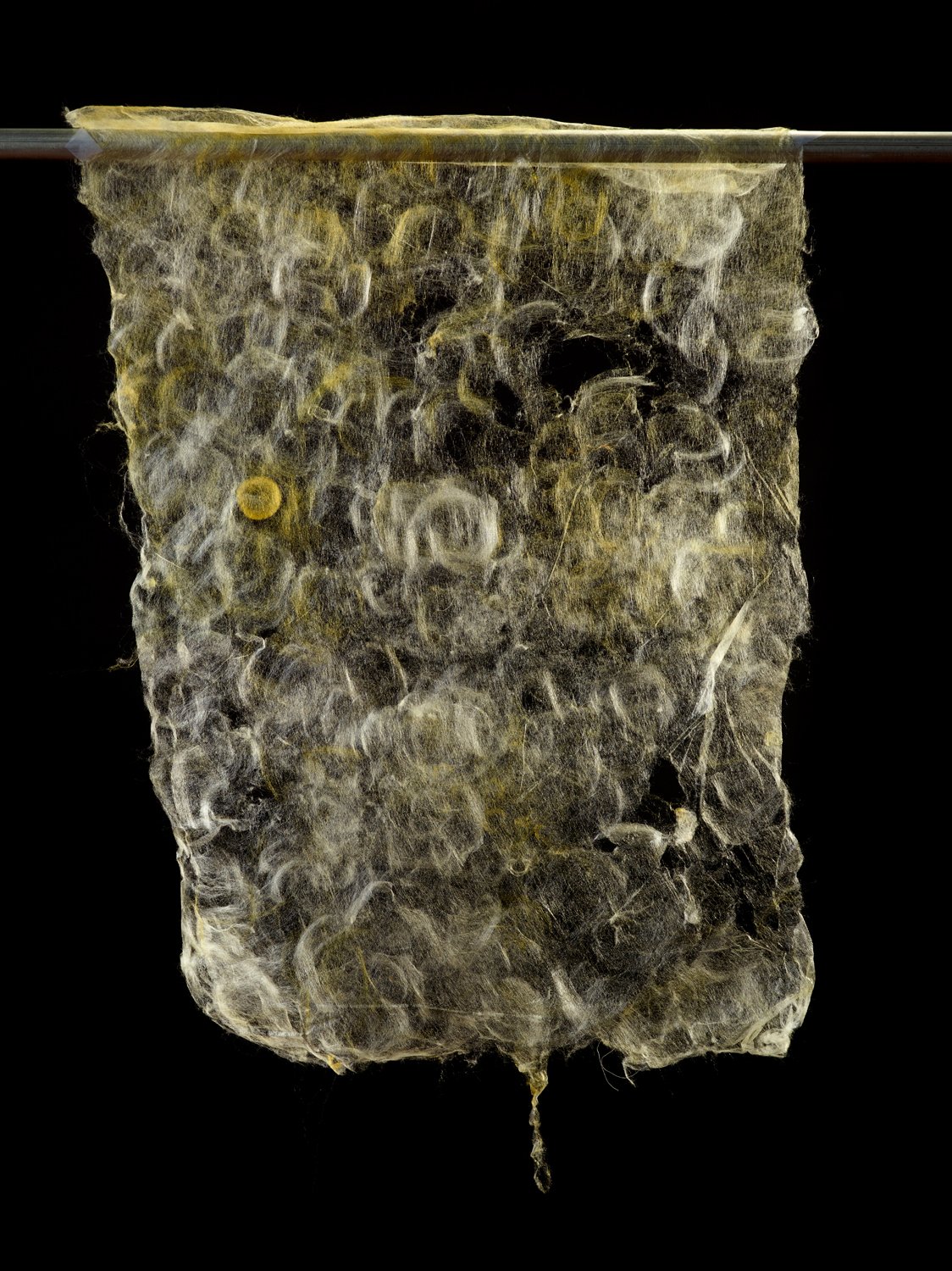
Silkwork
Contemplating the Difference between Transformation and Metamorphosis
Metamorphosis is an innate shift in a state of being.
Predestined, not requiring will or desire, it’s momentum is not intentional or conscious.
Transformation requires effort and struggle.
It involves conviction in a destination whether societal or personal.
Ballet for Evelyn
I was assigned female at birth. I was taught to wear pink and to play with dolls.
Because I identify as a woman, there is no tension between what I was taught and how I feel.
This makes things easier for me.
Evelyn is transgender, and has not had it so easy. As I write this, she is celebrating her 18th birthday. She has my unconditional love.
This tutu was made in the spirit of highlighting the personal nature of gender and the dimensions that we often don’t see.
I want this piece to inspire you to greet others with grace and compassion, and to trust that others are experts in their own unique experiences.
I invite you to rethink your own gender traditions.
Photo credit: Myles PettengillA Pair for Joyce
Overalls have clothed us as far back as the late 1700s. Typically made from den- im, they were durable and practical. But overalls were also were used to visually delineate between race and class. Denim overalls were regularly worn by en- slaved people and after the Civil War, sharecroppers continued to wear them. This perpetuated the negative perception that denim overalls were for Black Americans and poor white Americans. With the sharecropping history in mind, civil rights workers in the 1960s also wore denim overalls to symbolize how little had been achieved since reconstruction. These overalls made entirely from silk are a nod to these hard working men and women who perhaps should have been wearing silk.
Joyce Ladner was a member of the Student Nonviolent Coordinating Committee and the SNCC Coordinator of the March on Washington for Jobs and Freedom political rally in Washington, DC, on August 28th, 1963
Photo credit: Myles PettengillMemento Mori
“Memento Mori” was constructed entirely by silkworms. I raised more than 400 Bombyx mori (the caterpillar of the silkworm moth) for the sole purpose of having them create this dress. The process began when the silkworms hatched from their eggs and began to eat the pounds and pounds of mulberry leaves I gathered for them. After four weeks, they were ready to spin. By nature, they weave beautiful figure-eight patterns to form a cocoon. To do so, they need to attach their silk to two different planes, such as the corner of a box or the angle of a branch and a twig. To make the dress, I simply removed one plane, requiring them to spin on flat surfaces—platforms cut to the size and shape of the dress pattern pieces. Because they couldn’t create a cocoon, they wove their silk into flat panels of fabric. Once they had woven the individual pieces of the dress, other silkworms were choreographed into stitching them together—think Cinderella and the birds making her gown. No scissors, no thread, no needle: just silkworms, and a bit of guidance from the artist.
Photo credit: Steve MannWorking with Silkworms
These silk garments are created entirely by silkworms. Hundreds of bombyx mori, ie. silkworms are raised for the sole purpose of having them create these pieces of clothing They were taught to make the fabric pattern pieces and then to stitch these pieces together. The process of designing and planning this piece began when the silkworms, (actually caterpillars) hatched from their eggs and began to eat. After six weeks of voracious eating, the silkworms had eaten pounds of mulberry leaves and were then ready to spin. It is not in the silk worm’s nature to create fabric or even spin their silk on flat surfaces. They try in earnest to find a corner to attach their silk web, so the process of building a protective cocoon can begin. At this stage the worms are placed on platforms that are cut to the size and shape of the overall pattern pieces. The worms need continual reminding to work on the flat surface and not to wander. This is how the fabric is created. Once the pieces are finished other worms are then choreographed into stitching them together. No scissors, nor needle and thread were used in the construction of this garment, only the the mighty silkworm.
A larger piece of silkworm-spun material
Silk yardage
Silkworms "stitching" the seam
Silkworms "stitching" the seam
Silkworms spinning on the dress pattern
Silkworm spinning on a wineglass
Collecting mulberry leaves
A silkworm thinking about spinning
Silkworms eating
Young silkworms with a needle eye for scale
Silkworm eggs, just out of hibernation
Learn more about unconventional sericulture



























